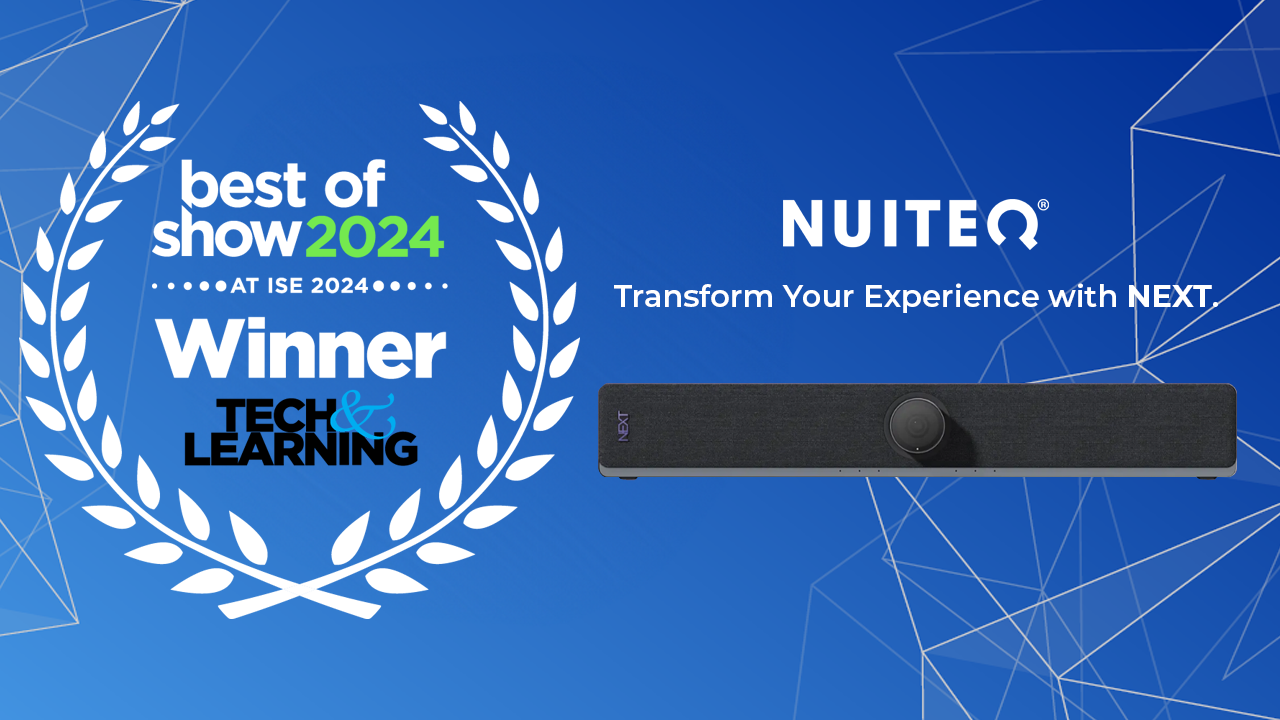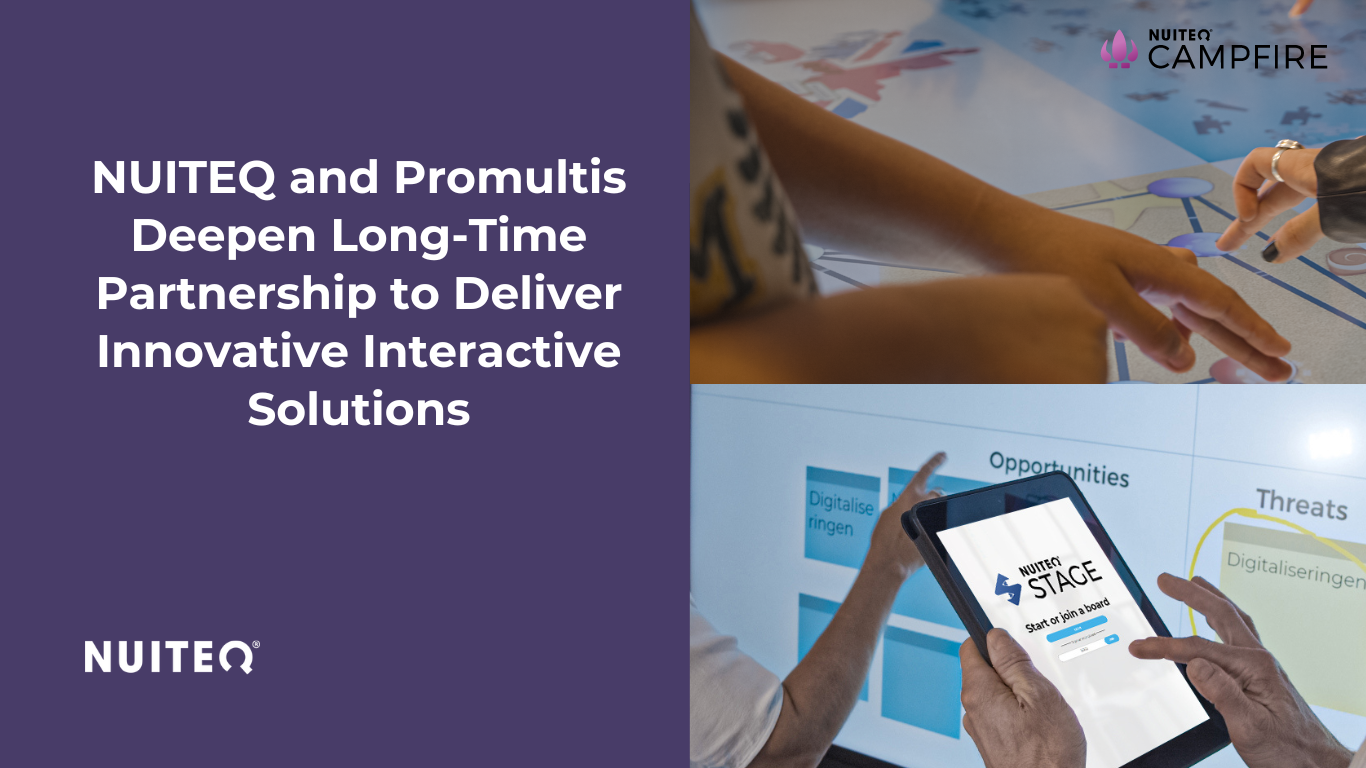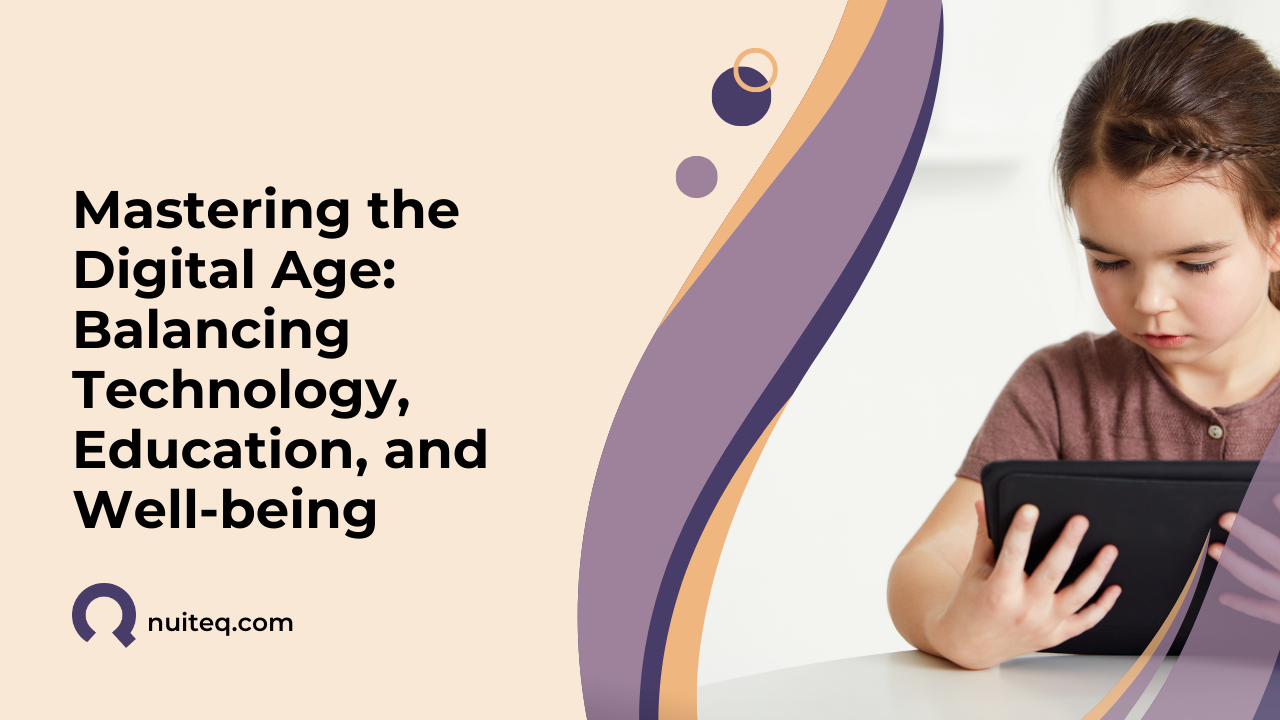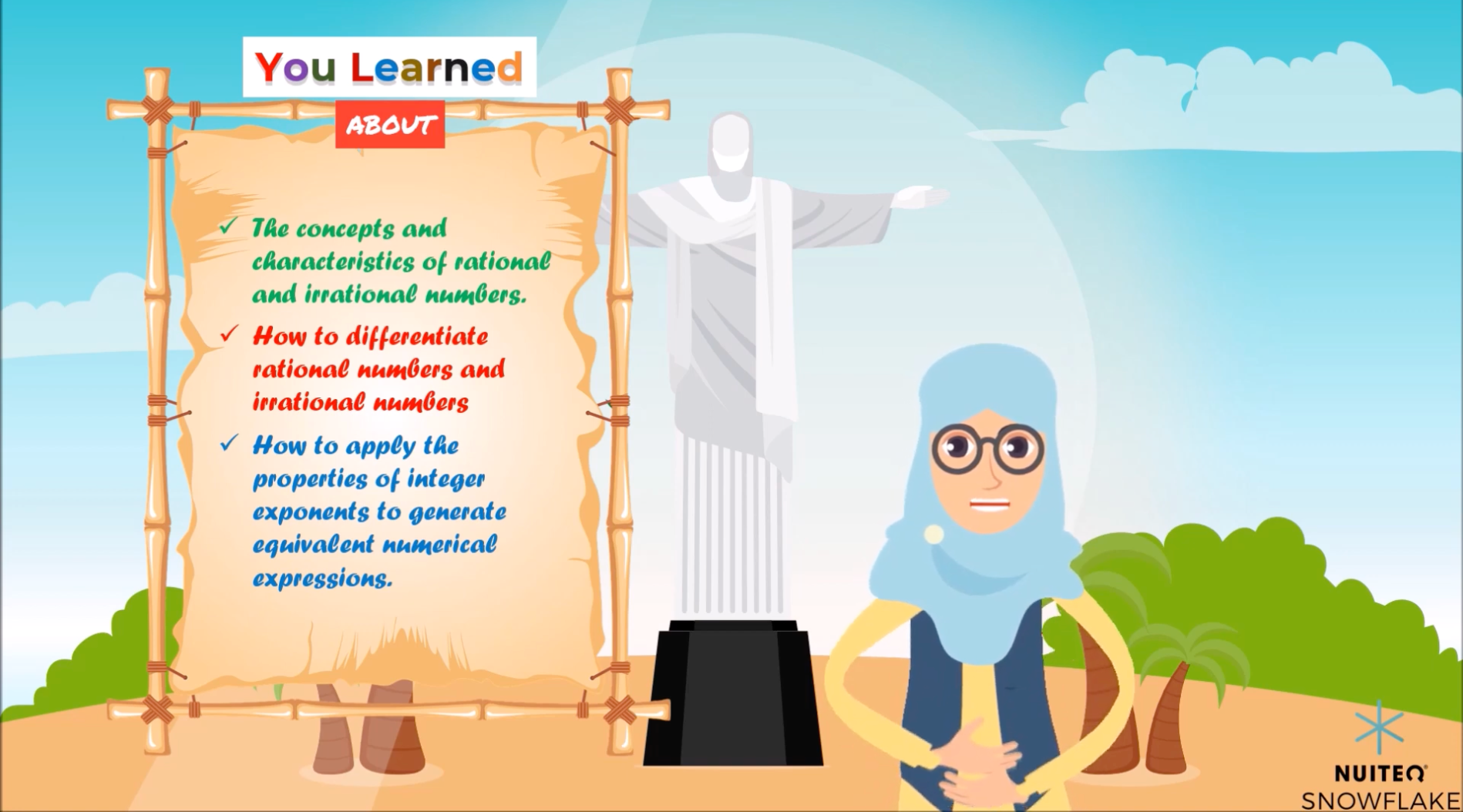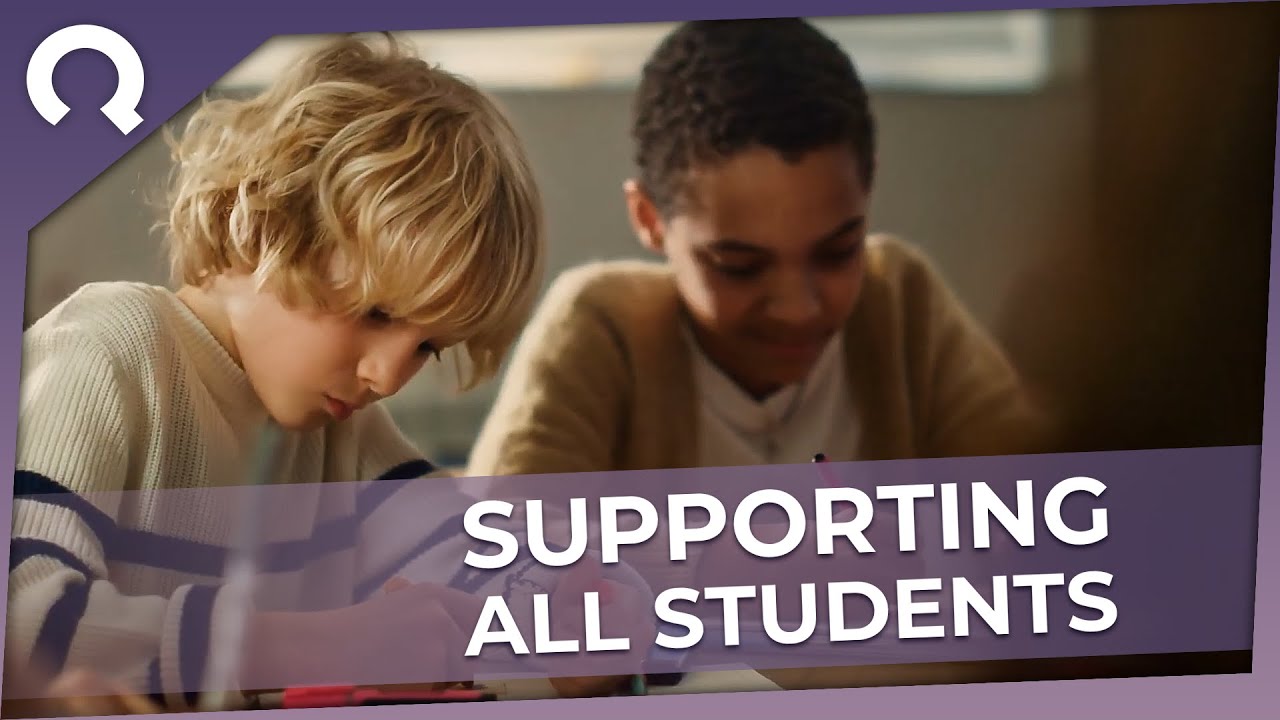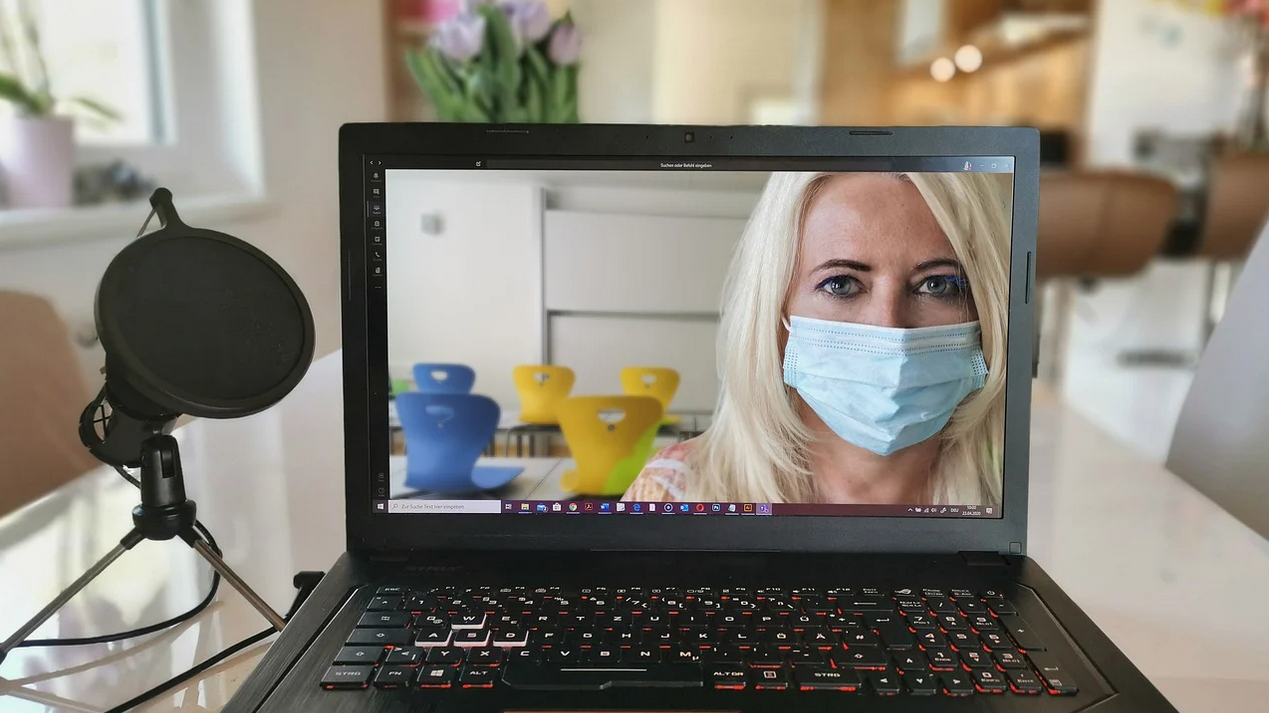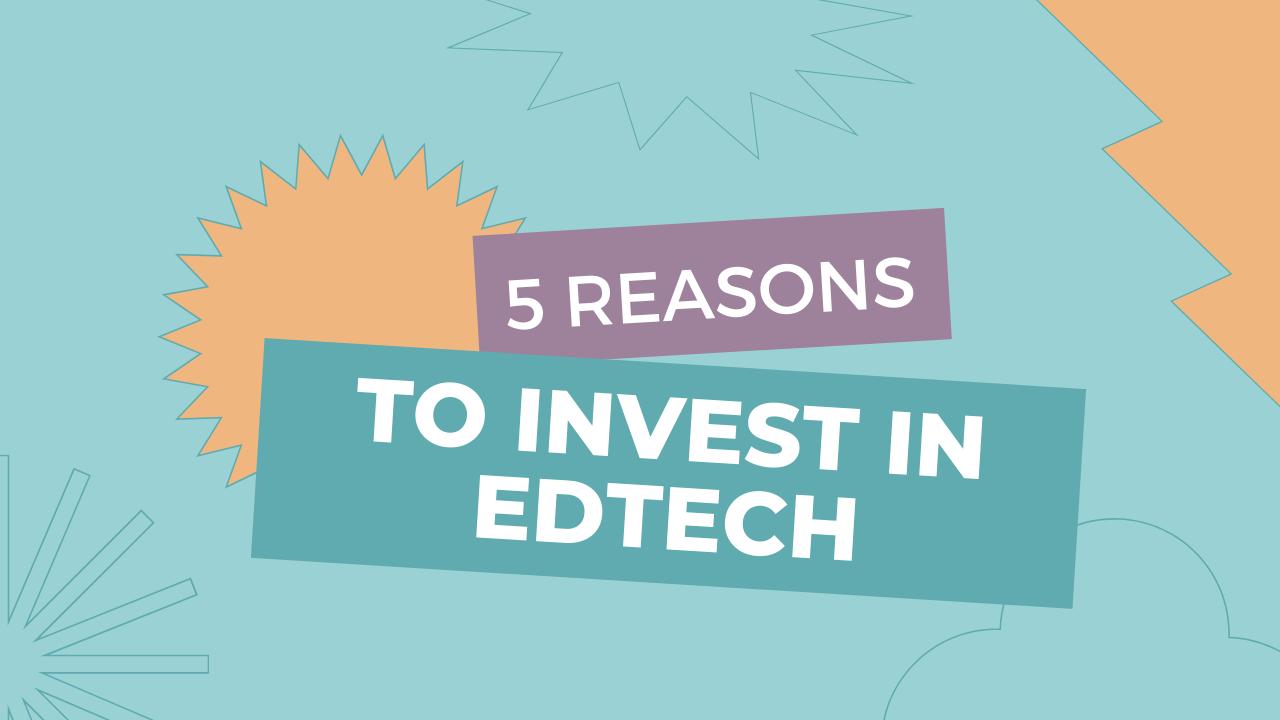Inquiry-based learning is an approach to learning that leverages students' intrinsic curiosity and the scientific method. It requires students to formulate questions and hypotheses, gather data, present conclusions and solutions, and reflect on their findings. In contrast to traditional methods of instruction where teachers are the disseminators of knowledge and students are the passive recipients, in inquiry-based learning, teachers act as facilitators who may or may not define a topic of inquiry and whose responsibility is to awaken students’ curiosity, provide a permissive, open-minded environment and a variety of information sources, and guide them through the process. The goal of inquiry-based learning is not to produce a certain answer or result but rather to explore possible answers and solutions. The journey is almost as important as the destination.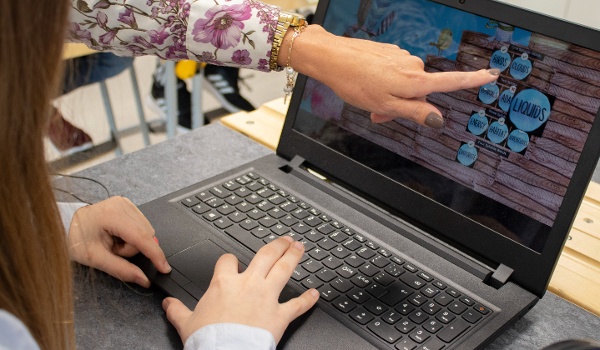
Inquiry-based learning is usually initiated by the teacher. Topics may vary and can, for example, be inspired by current events. Teachers communicate their enthusiasm and curiosity about the topic to activate their students. A video, an article, or a social media post can all be great ways to introduce a topic. This triggers students’ own curiosity and they subsequently identify specific areas of the topic that interest them and which they would like to explore further. Then, teachers provide students with multiple relevant resources. Using these resources, students can formulate questions, hypotheses, or problems that need solving. For example, an article that a teacher introduces about increased CO2 levels outside schools can make students curious about the consequences of CO2 on health and prompt them to formulate questions such as “What is the source of increased CO2 levels?” and “What consequences does CO2 have on children’s health?”.
Students then research, analyze, and synthesize the information with the teacher's support. They identify areas of uncertainty and knowledge gaps, collect data, and find evidence that supports their thesis. If applicable, students design a solution to a problem. Teachers assist students as needed to facilitate the process, but it is the students who actively manage this project.
Finally, students present their work to their classmates, who can then ask questions that prompt deeper thinking. This is also an opportunity for students to reflect on their work and the process. 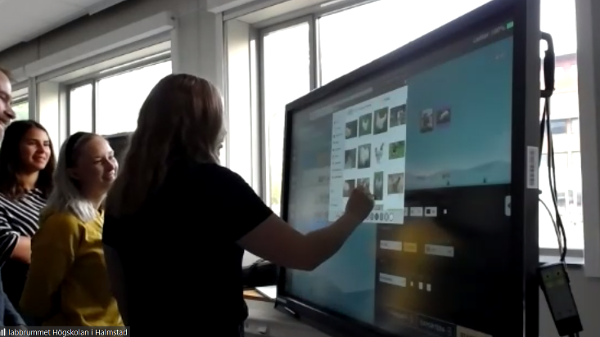
Inquiry-based learning can help students develop their critical thinking and information-processing skills and foster collaboration and communication in the classroom. As it asks students to reflect on their own learning, it can also contribute to the development of metacognition. Moreover, it allows students to own their learning as the responsibility for it passes from teacher to student. Students are more likely to be engaged and retain knowledge.
Inquiry-based learning is one of many different methods of teaching and should preferably be used as such. There are levels of complexity that should be introduced with care and that require an increasingly higher level of thinking, which means that there is a risk that some students might get left behind. Teachers need to be active during this process to support students with thought-provoking questions. The topic introduced by the teacher might not catch all students’ attention and could fail to engage them. Despite these potential issues, inquiry-based learning’s benefits make it a very useful method in the classroom.
This modern teaching method can greatly benefit from technology, especially technology that is built to activate students and empower them to create.
As NUITEQ Chorus, the award-winning teaching and learning platform, is designed with the Universal Design for Learning principles at its heart, it provides students with, among others, multiple means of expression. With Chorus, students can create their own lesson activities on the topics they have researched. These lesson activities can help students communicate what they have learned when they present their findings to the classroom.
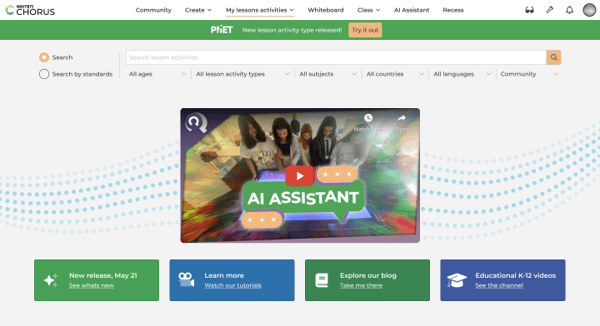
The Whiteboard tool is an excellent way to collect and present information pertinent to the project; students can embed websites, images, videos, and other media, as well as annotate. Chorus can, therefore, further facilitate the inquiry-based learning process: it helps turn students from passive learners to active creators, explorers, and researchers of knowledge.
Inquiry-based learning is a great pedagogical method that leverages students’ natural curiosity and gives them responsibility for their learning. It is ideal for project or research work for small groups, especially for STEM subjects. Collaboration, communication, critical thinking, curiosity, analyzing, synthesizing and interpreting data, are just some of the essential skills that students can acquire through this method and which lead to deeper, meaningful learning and greater retention of knowledge.
Interested to learn more about how Chorus can help with inquiry-based learning? Explore how it works today!




